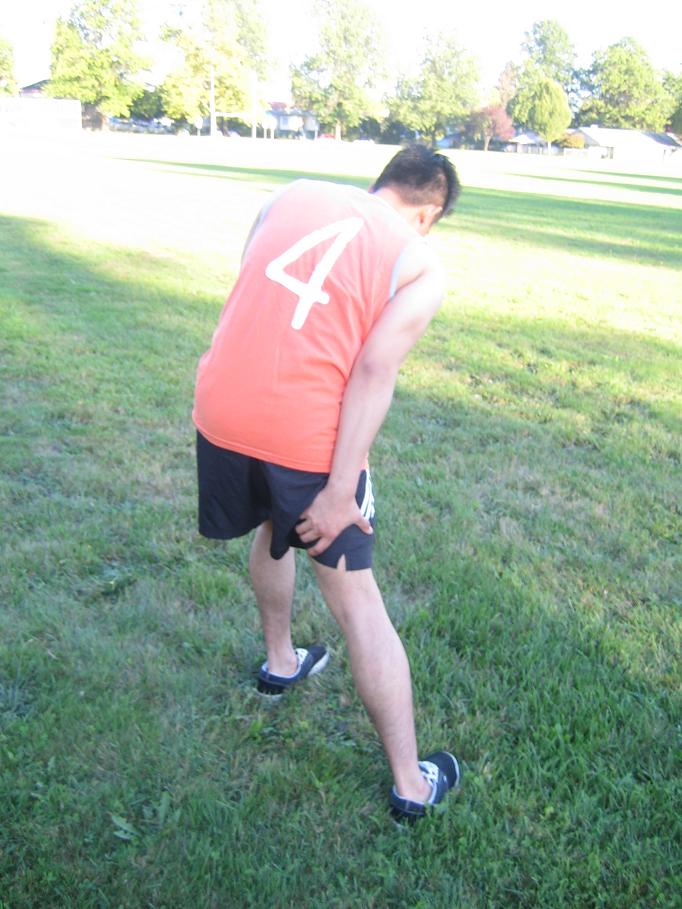Thigh cramps can be an excruciating condition. It causes severe pain and disruption of daily activities. A cramp is a strong, painful tightening of the muscles that happens suddenly and last for a few seconds to minutes.
Before treating thigh cramps, find out which area is affected. The hamstrings which is located on the back of the thigh and functions for hip and knee movement and the quadriceps located on the front area of the thigh which is the strongest muscle of the body.
Causes of thigh cramps
- Poor circulation of blood and muscle fatigue
- Overuse of the muscles
- Lack of stretching before and after performing exercises
- Dehydration

Massage the affected area to lessen the thigh cramps and for proper blood circulation in the area. - Alcoholism
- Pregnancy
- Pinched nerve
- Conditions that cause thigh cramps includes Parkinson’s disease, endocrine disorders such as diabetes and hypothyroidism and neuromuscular disorders such as neuropathy
- Certain medications
Treatment
- Massage the affected area to lessen the thigh cramps and for proper blood circulation in the area. Combine stretching and massage for fast relief from pain from muscle cramps as well as relaxing the body. Another alternative is using a foam roller in massaging the thigh.
- Apply heat on the cramping muscle to relax muscular contraction and lessen the pain. It will also lessen the tightness of the muscles. Taking warm baths is also good for the condition. The heat increases the blood flow to the affected area. Another alternative is using Epsom salts. Fill a bathtub with warm water and add a cup of Epsom salt. Mix well until salt is totally dissolved and soak in the water to relieve the thigh cramps.
- Apply over-the-counter heat rubs to lessen the muscle cramps in the thigh and relaxes the area.
- Drink plenty of water to prevent dehydration and thigh cramps. Sports drinks or juices are also good for the condition.
- Increase the consumption of foods rich in potassium and calcium to minimize thigh cramps. Foods rich in potassium and calcium includes bananas, oranges, brown rice, avocados, almonds, milk, yogurt and other dairy products
- Sleep on one side with the knees slightly bent to minimize thigh cramps. Avoid sleeping where the toes are pointed downward to prevent episodes of cramps.
- Take prescribed pain medications and relaxants to relieve tightness and cramping of muscles.
Tips
- Frequent thigh cramps can be symptom of injury, deficiency in nutrients or dehydration that needs to be treated immediately.
- When experiencing cramping during a workout, stretch the cramping muscles and rest and massage the area. Another alternative is putting one leg forward up to the knee and grab the foot and pull it towards the back of the knee. Stand up and walk slowly.
Disclaimer / More Information
The material posted on this page on thigh cramps is for learning purposes only. Learn to recognize and manage muscle conditions by taking a first aid and CPR class with one of our training providers.
FACT CHECK
https://www.nhsinform.scot/illnesses-and-conditions/muscle-bone-and-joints/conditions/leg-cramps
https://www.webmd.com/pain-management/muscle-spasms-cramps-charley-horse
https://www.mayoclinic.org/diseases-conditions/muscle-cramp/diagnosis-treatment/drc-20350825
